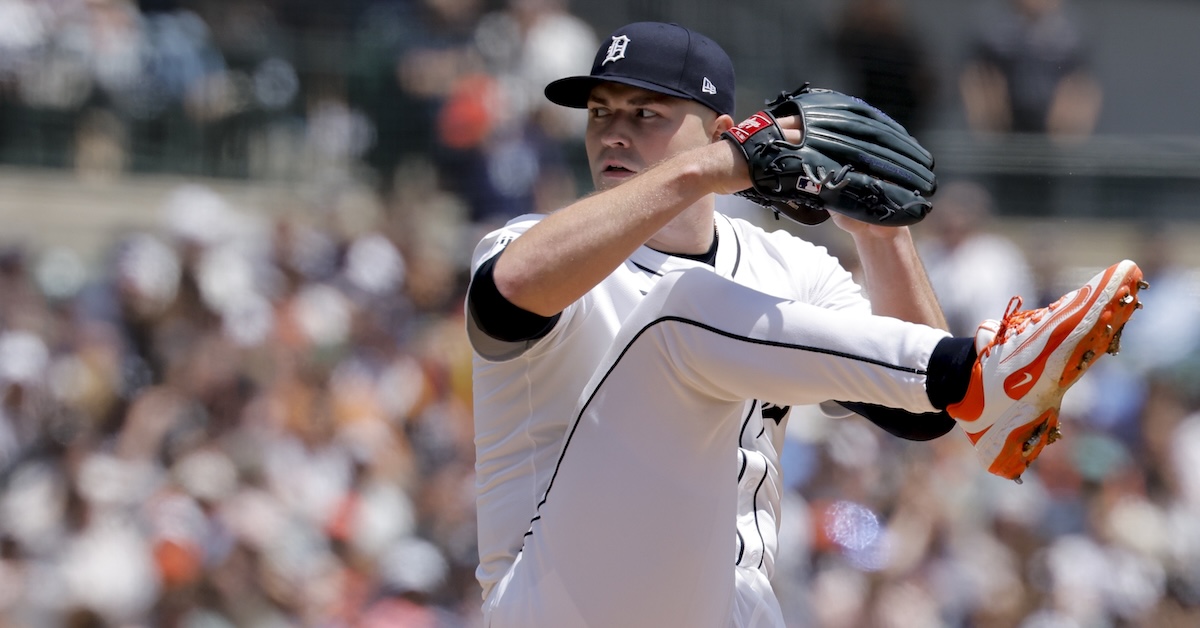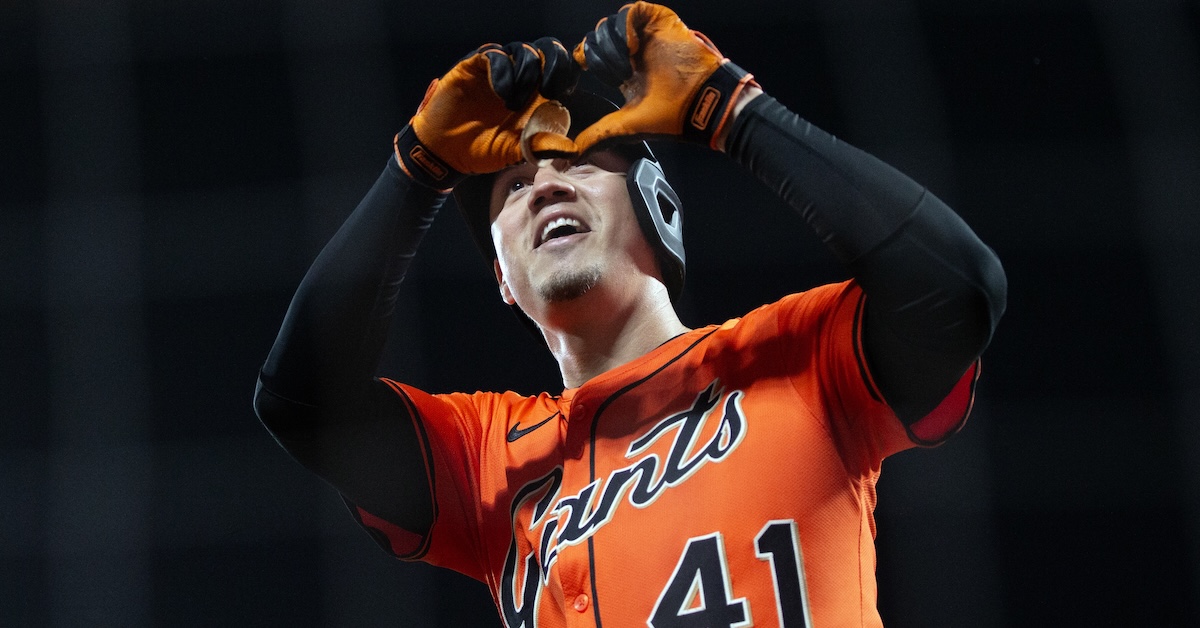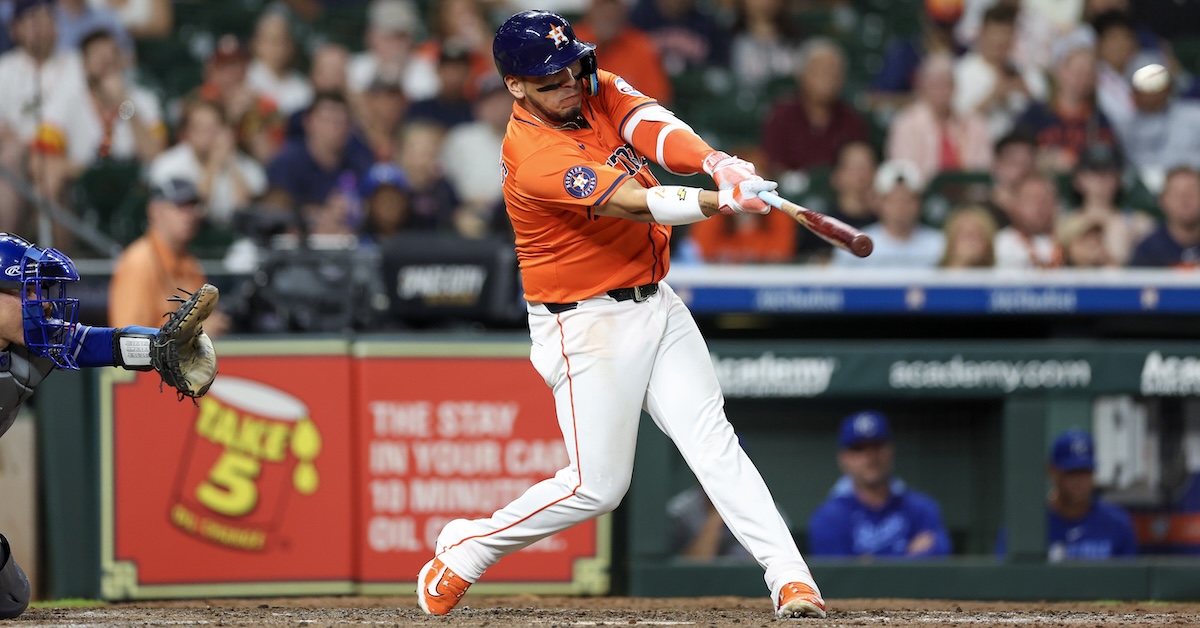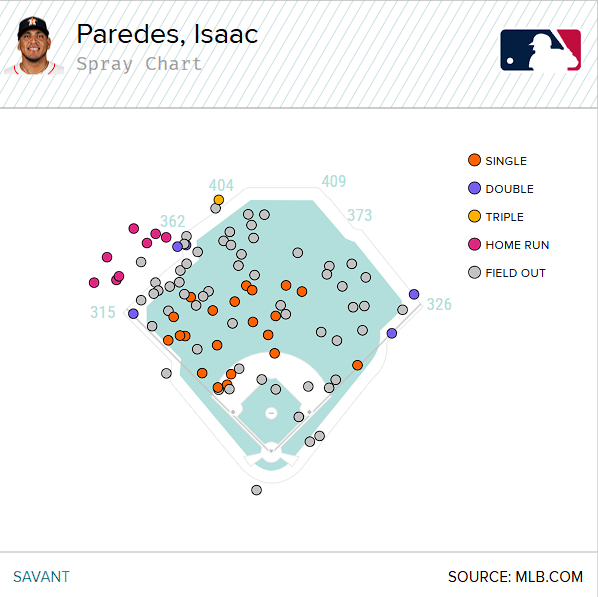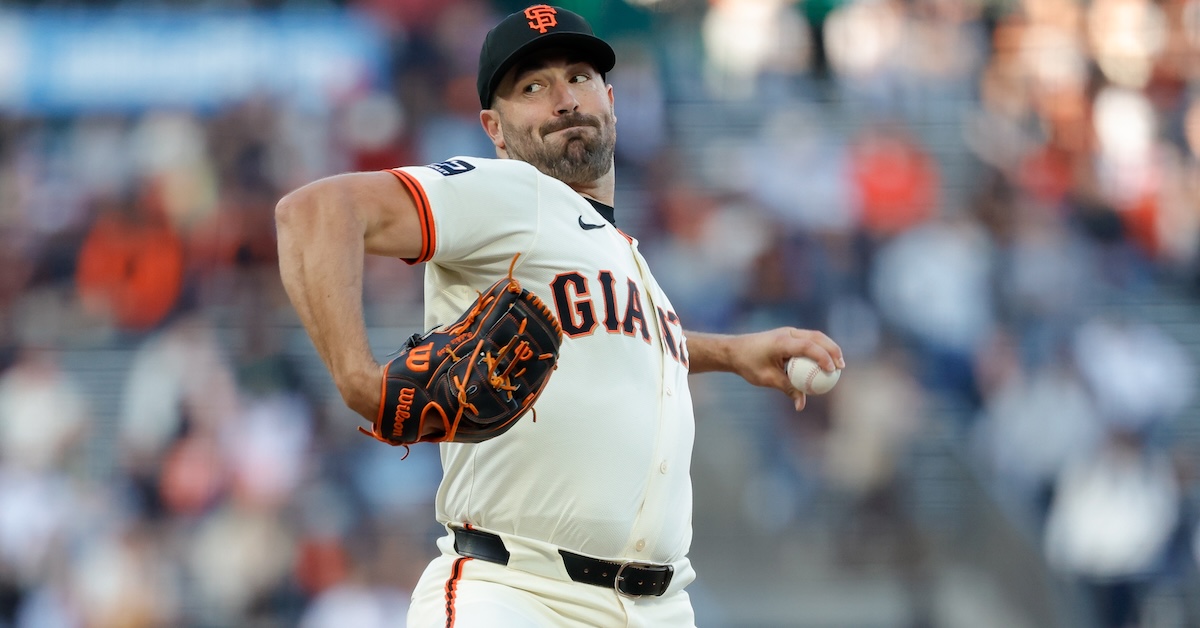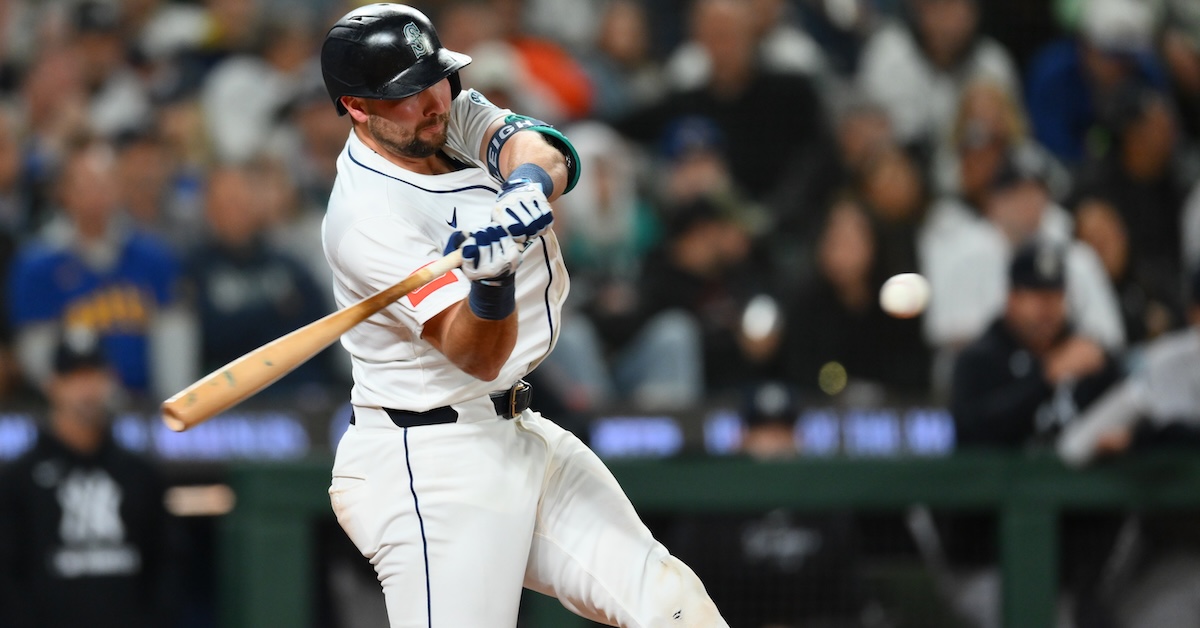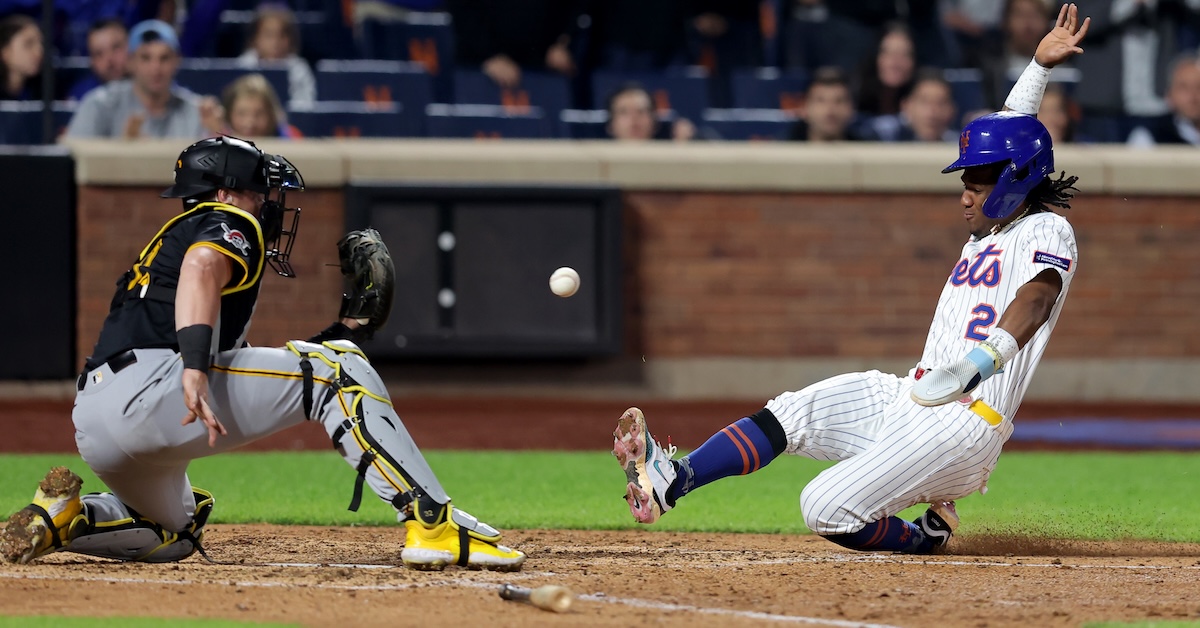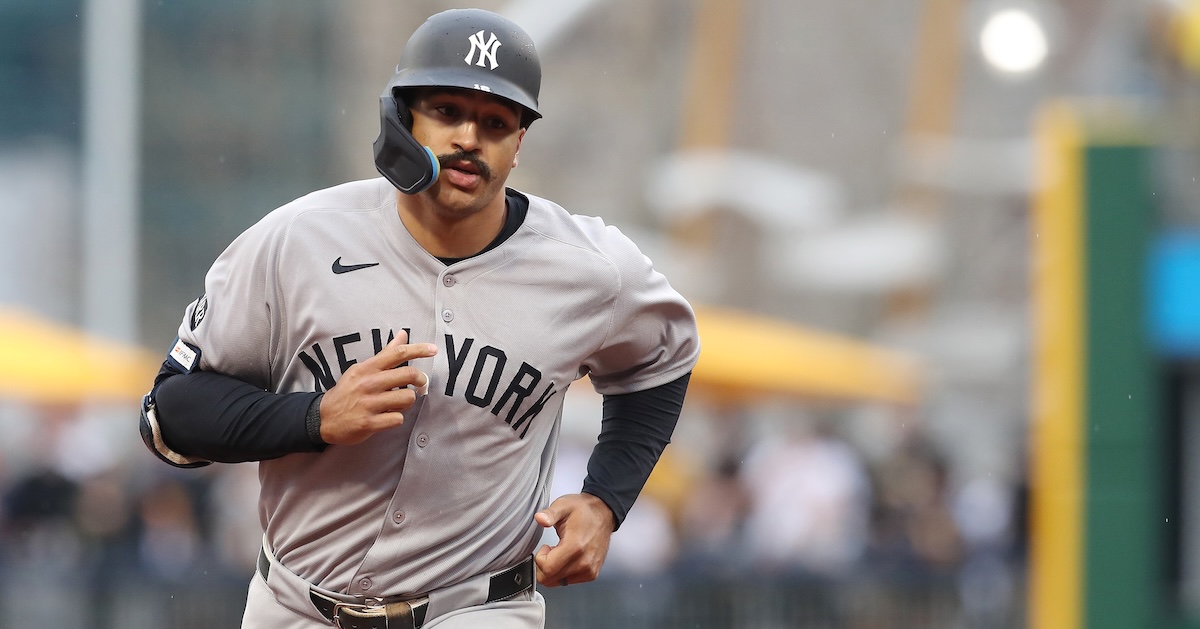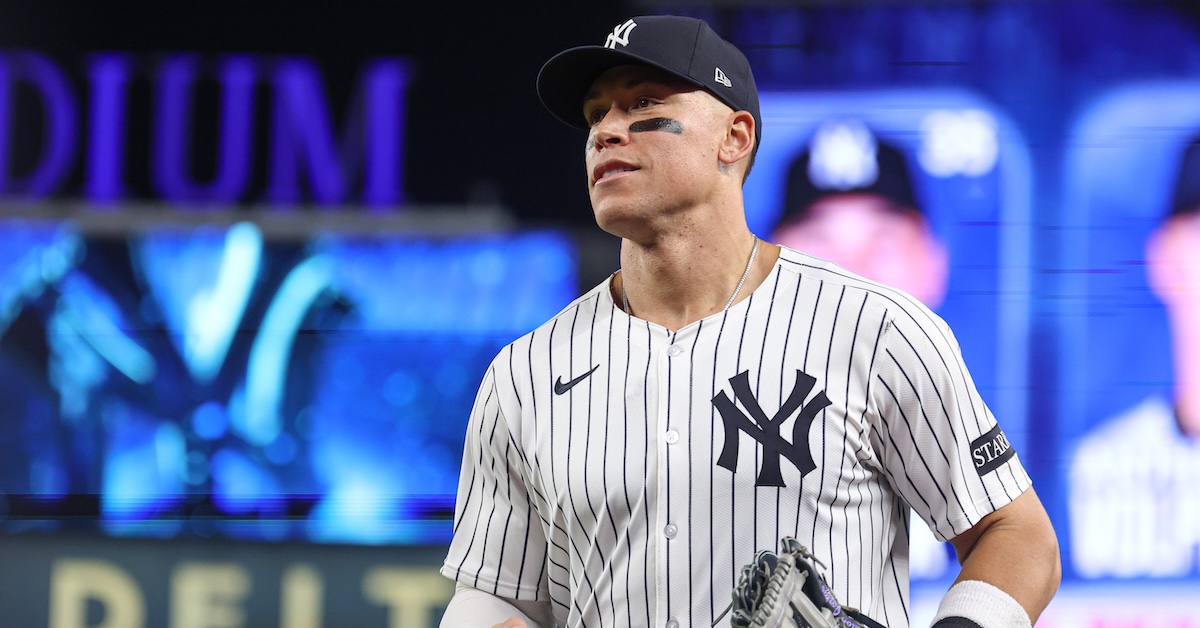The Math Behind the Extra Innings Home Field Disadvantage
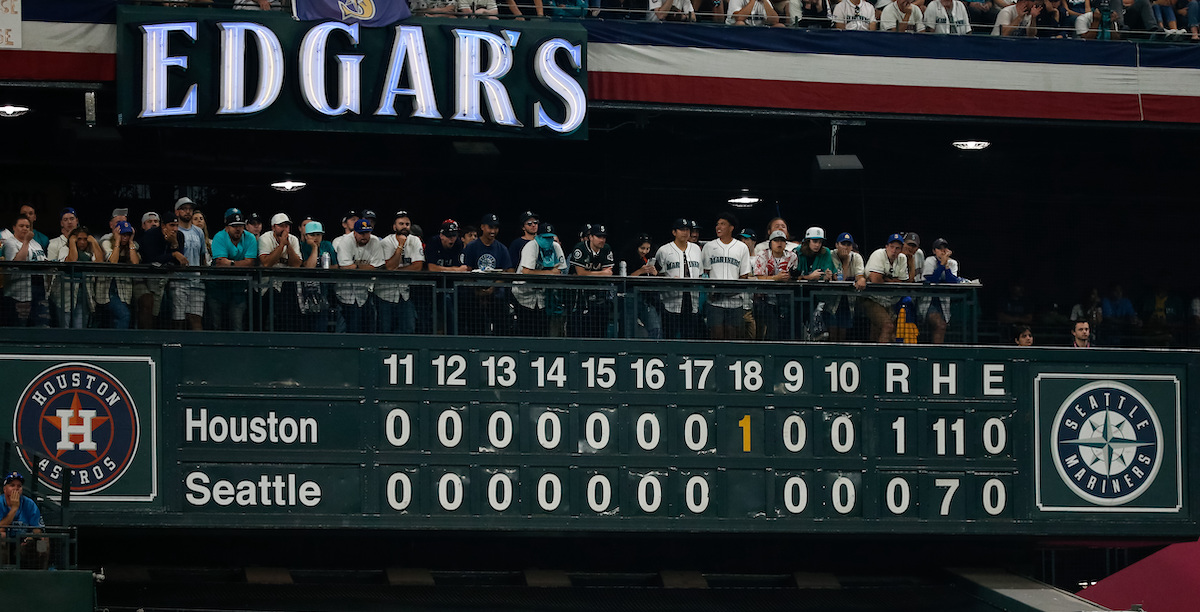
Home teams don’t win enough in extra innings. It’s one of the most persistent mysteries of the last five years of baseball. Before the 2020 season, MLB changed the extra innings rules to start each half of each extra frame with a runner on second base. (This only occurs during the regular season, which means the 18-inning ALDS tilt between the Mariners and the Astros in the picture above didn’t actually feature zombie runners, but the shot was too good to pass up.) They did so to lessen the wear and tear on pitchers, and keep games to a manageable length. Almost certainly, though, they weren’t planning on diminishing home field advantage while they were at it.
In recent years, Rob Mains of Baseball Prospectus has extensively documented the plight of the home team. Connelly Doan measured the incidence of bunts in extra innings and compared the observed rate to a theoretical optimum. Earlier this month, Jay Jaffe dove into the details and noted that strikeouts and walks are a key point of difference between regulation frames and bonus baseball. These all explain the differing dynamics present in extras. But there’s one question I haven’t seen answered: How exactly does this work in practice? Are home teams scoring too little? Are away teams scoring too much? Do home teams play the situations improperly? I set out to answer these questions empirically, using all the data we have on extra innings, to get a sense of where theory and practice diverge.
The theory of extra inning scoring is relatively simple. I laid it out in 2020, and the math still works. You can take a run expectancy chart, start with a runner on second and no one out, and figure out how many runs teams score in that situation in general. If you want to get fancy, you can even find a distribution: how often they score one run, two runs, no runs, and so on. For example, I can tell you that from 2020 to 2025, excluding the ninth inning and extra innings, teams that put a runner on second base with no one out went on to score 0.99 runs per inning. Read the rest of this entry »

